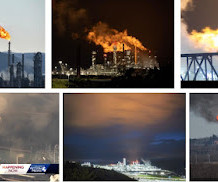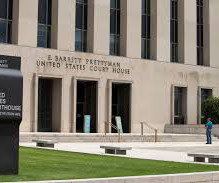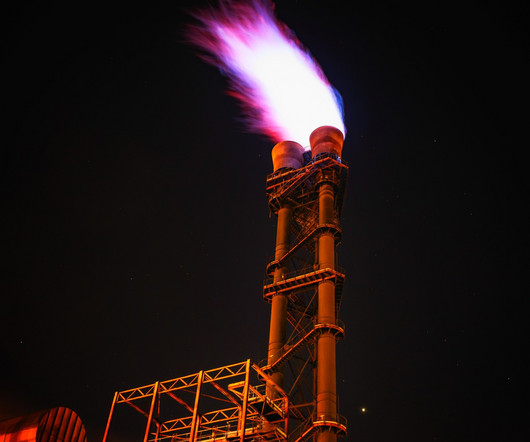Groups File Federal Lawsuit Against Shell Petrochemical Plant In Beaver County For Air Pollution Violations
PA Environment Daily
MAY 11, 2023
The very least this international corporation can do is to follow the law and not make Pennsylvania taxpayers breathe in their illegal pollution,” said Sarah Kula, attorney for the Environmental Integrity Project. Joseph Minott, Executive Director of the Clean Air Council, said: “Shell’s persistent law-breaking must end.













Let's personalize your content